For RV owners, ensuring that your furnace operates efficiently, safely, and comfortably is vital for enjoying life on the road during the colder seasons. That’s why it’s crucial to ensure that it’s properly ventilated. However, proper ventilation involves more than just keeping vents clear.
Proper ventilation for RV furnaces is crucial for several reasons, which we’ll go over in this guide. We’ll walk you through everything you need to know in order to ensure the safety and comfort of everyone traveling in your RV.
Getting Familiar With RV Furnace Ventilation Systems
To truly understand the importance of RV furnace ventilation, it helps to understand how these systems work in the first place. Most RV furnaces rely on a forced-air system, which uses propane gas as a fuel source to generate heat. This heat is circulated into your camper through air ducts while the exhaust gases produced during combustion are vented outside.
The ventilation system plays a dual role here. First, it ensures that fresh air is supplied for combustion, which is crucial for maintaining the flame and efficient fuel usage. Second, and perhaps even more critically, it removes harmful exhaust gases from the RV’s interior. Without proper ventilation, this delicate balance can fail, leading to inefficiencies in heating and potential safety hazards.
Modern RV gas furnaces are designed to be compact and energy-efficient, but they still require regular maintenance to ensure their ventilation systems work effectively. Over time, components like vents and ductwork may clog or degrade. When this happens, your system works harder while delivering less heat. Regular maintenance prevents these problems before they leave you in the cold.
The Risks of Poor Ventilation
The main reason why it’s important to have proper ventilation for your RV furnace is because poor ventilation creates a series of problems that range from inconvenient to downright dangerous. Here are the primary risks associated with inefficient or obstructed ventilation.
Health Hazards
When an RV furnace doesn’t vent properly, harmful gases, such as carbon monoxide and nitrogen dioxide, can accumulate inside the RV. Carbon monoxide is odorless, colorless, and deadly in high concentrations. Symptoms of carbon monoxide poisoning include headaches, dizziness, nausea, and confusion. While a carbon monoxide detector is a non-negotiable appliance you should have in your RV, preventing the problem through proper ventilation should be your first line of defense.
Fire Risks
Outside of harmful gases, blocked or damaged vents cause heat to build up within the furnace or exhaust system. Excess heat or flammable debris trapped in the system may lead to potential fires, posing a serious safety threat.
Inefficient Heating
Restricted airflow within your RV furnace ventilation system hinders the appliance’s ability to heat your camper effectively. This results in uneven heating, cold spots, and the furnace working harder than it should, ultimately consuming more energy and increasing your costs.
Increased Wear and Tear
Furnaces with compromised ventilation work harder and run hotter than properly maintained units. This added workload can lead to overheating, frequent cycling, and unnecessary wear and tear on the unit, shortening its lifespan.

How To Inspect Your RV Furnace Ventilation
Regular inspections and maintenance of your RV furnace ventilation system are essential to prevent the risks outlined above. With some basic observation skills and a bit of patience, you can spot potential issues before they become serious problems. Here’s a simple inspection routine any RV owner can follow.
Check for Blocked Vents
One of the most critical steps is inspecting both the intake and exhaust vents for blockages. Check for dirt, debris, leaves, or even nests built by small animals. Use a flashlight to get a clear view of these areas and ensure they are free of obstructions.
Examine the Ductwork
Take time to check the air ducts that distribute heated air throughout your RV. Cracked or damaged ducts leak air, reducing the efficiency of your furnace. Make sure all connections are tightly sealed and inspect for signs of wear and tear.
Inspect the Vent Caps
Vent caps, which are located outside the RV, play a role in protecting the exhaust system while allowing gases to escape. Verify that the caps are securely in place and free of any corrosion, rust, or damage. Damaged vent caps obstruct airflow and reduce the effectiveness of ventilation.
Test the Carbon Monoxide Detector
Since poor ventilation can lead to carbon monoxide buildup, it is critical to ensure that your carbon monoxide detector is functioning at all times. That doesn’t mean you need to check it daily, but you should test it at least once a month to ensure it is working properly. Be sure to replace batteries at least twice a year to prevent the batteries from dying between inspections.
Listen and Observe
Turn on your furnace and listen for irregular sounds, such as whistling or rattling, which could indicate airflow restrictions. Also, pay attention to how well the furnace heats your camper and whether there are any noticeable temperature inconsistencies.

Tips for Improving RV Furnace Ventilation
Even with regular maintenance, there are additional steps you can take to enhance the performance of your RV furnace ventilation system. These practical upgrades and maintenance habits will improve efficiency, extend equipment life, and enhance comfort during cold-weather camping.
Keep Vents Clean and Clear
Make it a habit to clean your furnace’s vents regularly. Use a vacuum, soft brush, or compressed air to remove dust and debris. Be extra diligent during seasons when your RV is stationary, as this is when obstructions tend to accumulate.
Install Vent Covers for Protection
Add vent covers or screens to prevent pests, dirt, and water from entering your ventilation system. These simple additions protect your system while still allowing proper airflow.
Use a Higher-Quality Air Filter
Replacing your furnace’s air filter with a higher-quality model improves airflow and reduces the amount of dust and particles entering your system. Remember to check and replace the filter as often as the manufacturer recommends.
Upgrade Your Ventilation System
If you own an older camper, upgrading to a more modern furnace model with advanced ventilation features can be a worthwhile investment. Newer gas furnaces for RVs are typically more efficient and require less maintenance.
Insulate and Winterize Your RV
Proper insulation helps reduce the strain on your furnace by retaining heat more effectively inside your RV. Before the cold weather arrives, make sure to winterize your RV to minimize the risk of burst pipes or frozen systems that can restrict ventilation.
Develop a Maintenance Schedule
Finally, set up a routine maintenance schedule for your RV furnace and ventilation system. Include regular inspections, cleanings, and professional servicing to avoid issues before they arise. Don’t hesitate to call in the professionals for problems you aren’t comfortable handling yourself. The cost of preventative maintenance is always lower than emergency repairs or replacements.


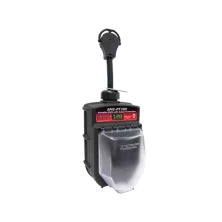
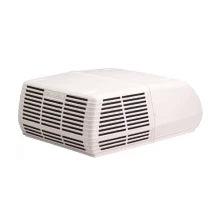
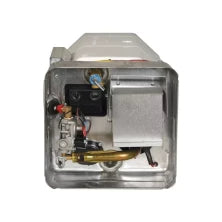
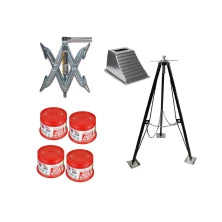
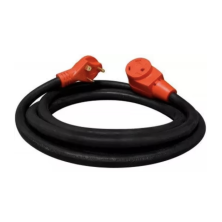
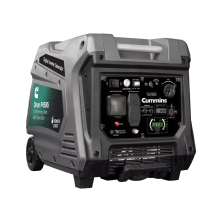

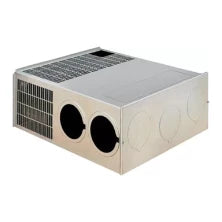
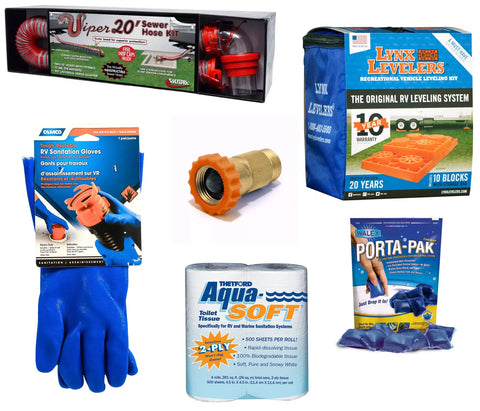
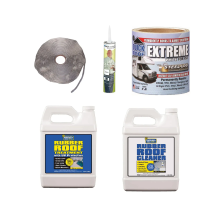
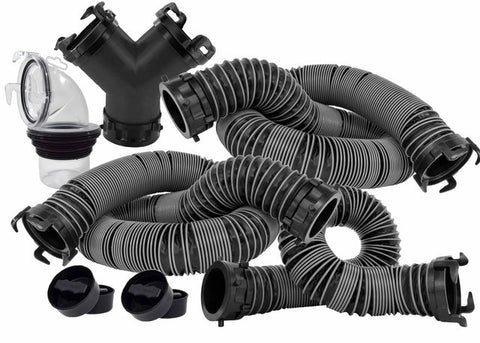
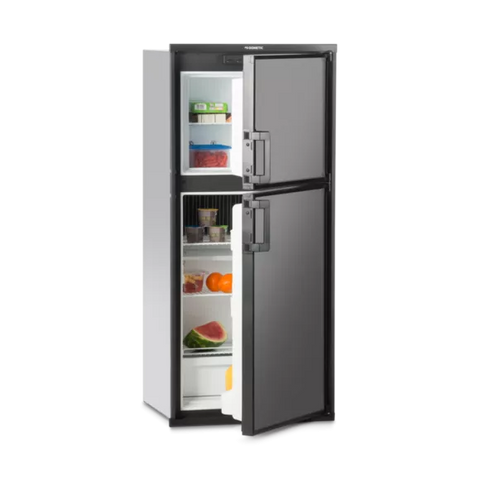
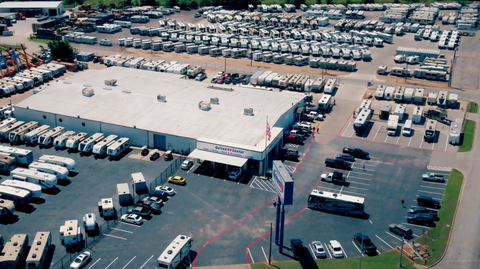
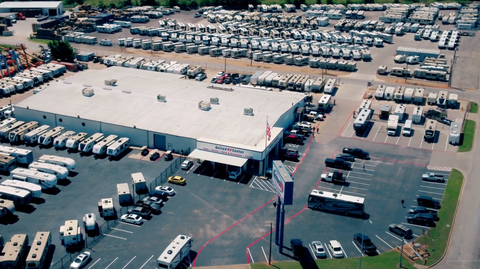
Comments (0)
There are no comments for this article. Be the first one to leave a message!